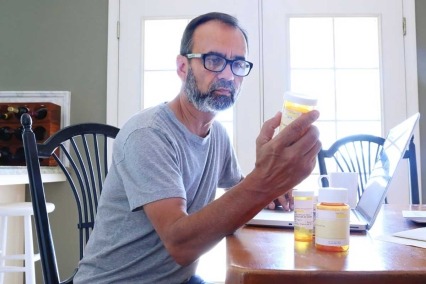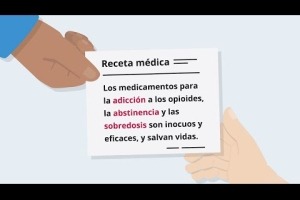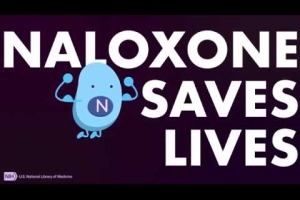Highlights
Image

©Getty Images/DNY59
- Opioids are a class of natural, semi-synthetic, and synthetic drugs. These include both prescription medications used to treat pain and illegal drugs like heroin.
- Opioids are addictive. Use of opioids, either by themselves or in combination with other drugs, is a major driver of the drug overdose crisis in the United States. The vast majority of overdose deaths in recent years involved illicitly manufactured fentanyl and other potent synthetic opioids. These may be added to other drugs without a buyer knowing it.
- NIDA plays a leading role in the National Institutes of Health HEAL (Helping to End Addiction Long-term®) Initiative, an effort to develop new scientific solutions to the overdose epidemic, including opioid and stimulant use disorders, and the crisis of chronic pain.
Latest from NIDA
Advancing recovery research
|
Increasing the number of people achieving long-term recovery from SUDs is a national policy priority and a major goal of the research supported by NIDA.
AI screening for opioid use disorder associated with fewer hospital readmissions
|
NIH-supported clinical trial shows AI tool as effective as healthcare providers in generating referrals to addiction specialists
Reflecting on NIDA’s 50th year and looking to 2025
|
Efforts must continue to prevent drug use, addiction and overdose, increase treatment, and leverage new technologies
Multimedia
Read more about opioids
- How to participate in a NIDA-funded clinical trial.
- Resources for health professionals on screening and treatment for opioid use disorder and pain management.
- Resources for people seeking treatment for opioid and other substance use disorders.
- Information from the CDC on preventing overdose.
- Information about opioid addiction on MedlinePlus, a service of the National Library of Medicine.






